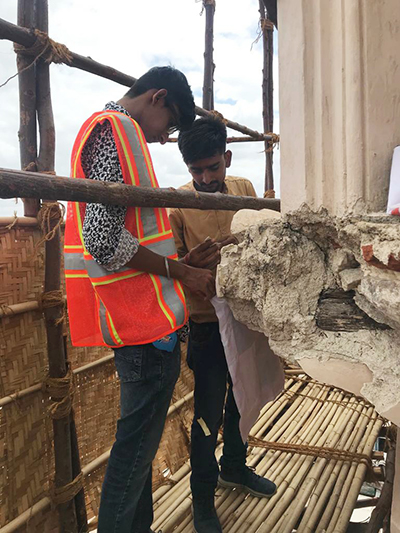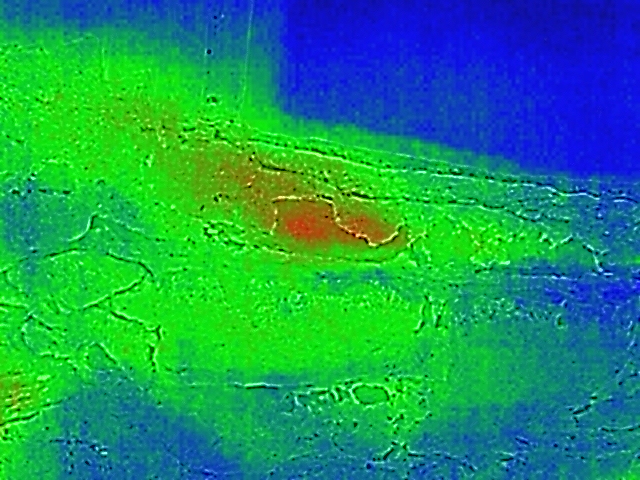Hyderabad-based drone start-up Terra Drone India has successfully completed a multi-sensor, multi-platform scanning of 16th century monument.
Built in 1591, Charminar, which is often dubbed the “Arc de Triomphe of the East”, suffered significant damage in May 2019 when a huge chunk of lime plaster from its south-west minaret broke and fell off.
This incident made the digital preservation of Charminar extremely time sensitive and the IT department of Telangana state government invited Terra Drone India to provide innovative technological solutions for the task.
Terra Drone India has scanned and surveyed the damaged minaret using multiple technologies. The solution-set included:
Air gap measurement through ultrasonic pulse velocity testing technique: The Archaeological Survey of India, the Indian government body responsible for archaeological research and the conservation and preservation of cultural monuments in the country, had expressed concern regarding the increasing air gap between the plaster and the actual facade of Charminar. Terra Drone India carried out ultrasonic pulse velocity testing, a non-destructive technique, to measure the air gaps that have developed in the areas of concern.
True colour 3D model creation using visual (RGB) sensor: A high-accuracy visual (RGB) scan was carried out to maintain a record of the facade, actual colour, and any visible cracks.
Thermal scanning: The scan was conducted to detect differences in temperature between different areas of the monument.
3D profiling and model generation using LiDAR: To preserve the current existing infrastructural design and layout of the monument for future rebuilding or repair works, a LiDAR survey was carried out to create a 3D model, accurate up to the millimetric level.
Wing commander Polu Sreedhar, chief operating officer at Terra Drone India, says: “Heritage monuments like Charminar are the treasures of our nation and symbolise the pride of our civilisation. Terra Drone India has collated multiple technologies under one umbrella and provided it as a holistic solution to the Archaeological Survey of India to help preserve the monument that speaks volumes about our Indian heritage, culture and ancestral prominence.”

Built in 1591, Charminar,Charminar (above), built in 1591, suffered significant damage in May 2019 when a huge chunk of lime plaster from its south-west minaret broke.


Digital work included thermal scanning















